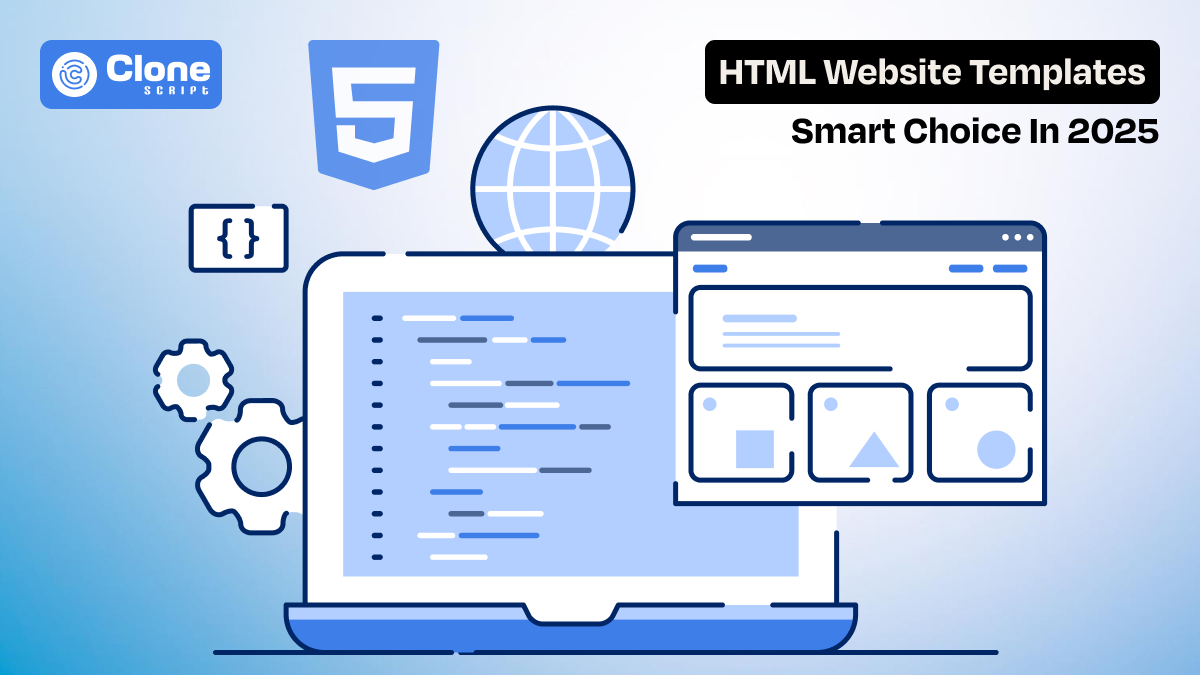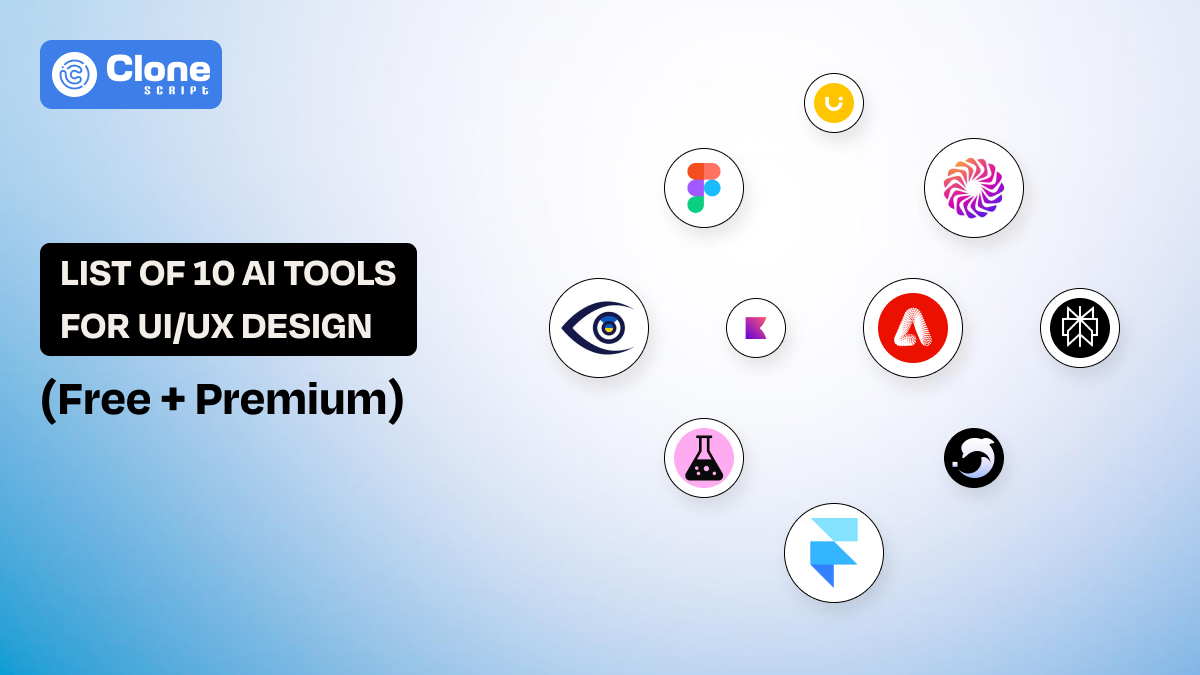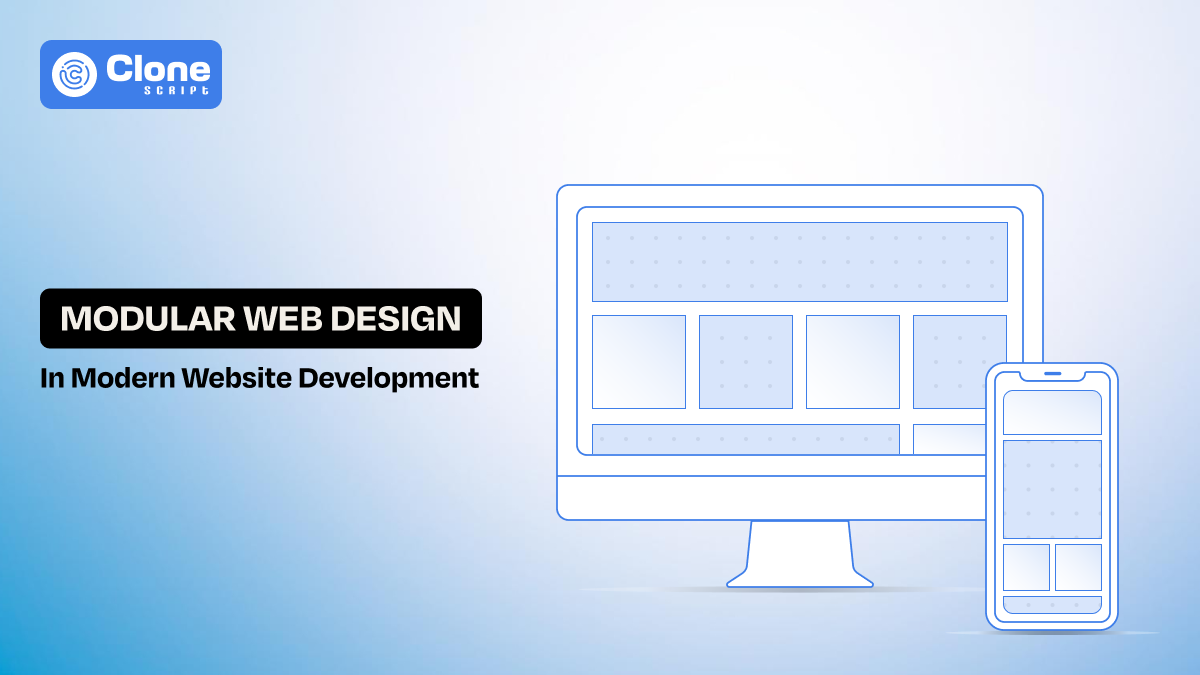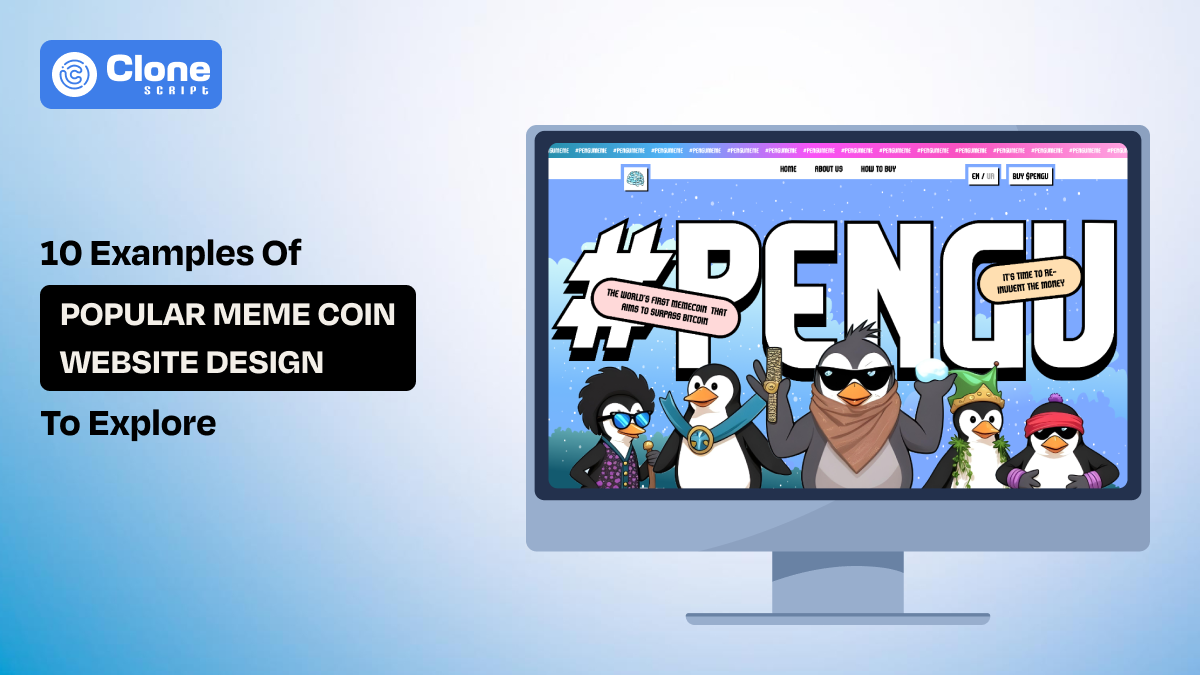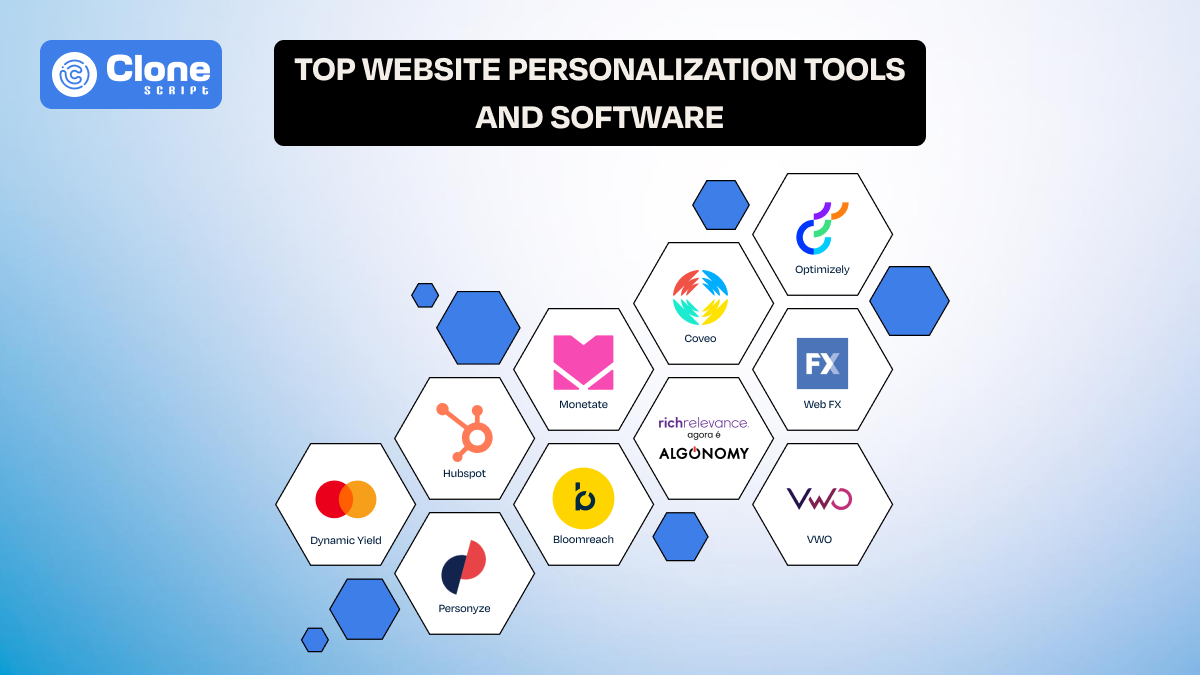Why HTML Website Templates Are Still the Smart Choice in 2025
Key Takeaways
-
HTML templates are fast and lightweight.
-
They offer full design and code control.
-
Better SEO performance due to clean code.
-
Great for portfolios, startups, and static sites.
-
Cost-effective and easy to maintain.
In 2025, many web developers are surrounded by flashy website builders, AI design tools, and drag-and-drop editors. But guess what? HTML website templates are still one of the smartest ways to build websites, and they’re not going anywhere.
Whether you’re building a simple portfolio, a fast landing page, or a clean business website, using an HTML5 theme gives you speed, control, and flexibility without the clutter of modern site builders.
In this article, we’ll explain why choosing an HTML and CSS website template in development is still a smart decision for developers and clients in 2025. We’ll also compare it with CMS platforms like WordPress and show why HTML wins in many areas.
Reason No.1: Speed & Performance Optimized for HTML Templates Load Fast.
HTML templates are built for speed. Unlike CMS-based websites that rely on databases and server-side processing, HTML pages are static, lightweight, and load quickly. This speed improves user experience and helps your site rank better in search engines.
With mobile-first indexing and Core Web Vitals now a key indicator for SEO, using fast-loading HTML5 templates is a huge advantage.
You don’t need heavy scripts or plugins, just clean code and smart design work for you.
A proper website speed optimization is required for getting the attention of both search engines and users, as it is part of the best user experience to have.
Benefits of fast-loading templates:
-
No database calls
-
Clean, minimal code
-
Improved Core Web Vitals
-
Faster Time to Interactive (TTI)
-
Ideal for mobile users
Reason No.2: There’s Full Control Over Design and Code.
With HTML and CSS templates, you have complete control over how the site looks and works. You're not limited by preset WordPress theme settings or plugin features in Wix.
You can easily customize the layout, typography, colors, and animations to match your client’s brand. Want to add custom scripts, change the structure, or optimize loading? You can do it all.
In these templates, the UI design principles are considered at every stage to make a better funnel for optimized UX. It results in higher conversions and better branding presence for clients.
Why developers love this control:
-
100% editable HTML layout page
-
No theme restrictions
-
Easily add custom animations and effects
-
Full access to HTML, CSS, and JS
-
Perfect for precise branding
Reason No.3: Get Better SEO and Clean Code.
Some web developers have an illusion: a website developed with an online available HTML template can’t able to rank on Google. It’s not a fact at all.
Clean and semantic code makes websites easier for search engines to read. Website design templates give you complete access to page structure, metadata, headings, image alt text, and schema markup.
Unlike CMS sites, landing page templates load faster and have fewer code conflicts. This leads to better rankings and visibility. However, there are additional efforts you have to put into your website to appear in search results, like high-quality content with user intent, on-page SEO optimization, and backlink acquisition.
SEO advantages of web templates:
-
Use of HTML5 semantic tags (article, header, footer)
-
No unnecessary plugin code
-
Better load speed = higher ranking
-
Easy to add structured data
-
Custom meta tags and Open Graph settings
Reason No.4: HTML Templates are Affordable and Easy to Maintain.
A layout in HTML is cost-effective and low-maintenance. Most are either free or sold as one-time purchases. Unlike content management system platforms, you don’t have to pay for plugins, themes, or managed hosting. The code is static; there's no need for updates, backups, or security patches. Just upload your files and go live.
Maintenance perks of templates:
-
One-time cost or free options
-
No plugin or theme subscriptions
-
Minimal updates required for customization
-
Easy version control with Git
-
Can be hosted for free on GitHub Pages or Netlify
Reason No.5: It’s Perfect for Portfolios, Startups, and Landing Pages
HTML and CSS website templates are ideal for small to mid-sized projects that don’t need dynamic content. Think of personal portfolio website development, MVP startup sites, or simple product landing pages. You can build and launch these in hours without any CMS setup. Plus, with responsive templates and modern frameworks like Bootstrap, they look great on any device.
Great uses for templates:
-
Portfolio websites for freelancers and creatives
-
MVPs for startups
-
One-page landing page templates
-
Event or product promotion pages
-
Coming soon or under construction pages
Now let's see what sets apart HTML templates and website builders, including CMS platforms like WordPress and Wix.
HTML vs CMS (WordPress/Wix): Which Is Better in 2025?
In 2025, the decision depends on project size and need. For blogs, marketplaces, or membership sites, CMS options may work better. But for fast-loading, simple websites, HTML wins. You don’t deal with updates, plugins, or slowdowns.
You get clean code, fast performance, and total design freedom. If you're building a business website template or responsive landing page design, HTML is usually the better option.
The difference between HTML templates and CMS platforms is:
| Feature |
HTML Templates |
CMS (WordPress/Wix) |
Speed |
Super fast |
Varies on location |
|
Control |
Full code access |
Theme/plugin limits |
|
Maintenance |
Minimal work needed |
Constant updates |
|
Cost |
Free or one-time buy |
Recurring costs |
SEO |
Clean and optimized |
Depends on setup |
Flexibility |
Custom everything |
Theme dependent |
Conclusion
Even in 2025, HTML website templates remain a top choice for developers. They’re fast, flexible, affordable, and perfect for small projects. If you’re building a portfolio, a startup site, or a landing page, a well-coded template can help you launch faster and with more control. These templates are easy to maintain, SEO-friendly, and allow complete design freedom. CMS platforms have their place, but if you want full control, better speed, and lower costs, go with an HTML web design template. It’s not old, it’s efficient.
Pro Tips for Developers
-
Use a Bootstrap template for responsive design
-
Minify your HTML, CSS, and JS for better performance
-
Host your HTML sites for free on Netlify, Vercel, or GitHub Pages
-
Use version control (Git) for team collaboration
-
Choose HTML layout pages with modular sections for easy updates
FAQs
-
Are HTML templates still useful in 2025?
Yes, HTML templates are still highly useful in 2025. They offer fast loading, full design control, clean code for SEO, and are cost-effective. For portfolios, landing pages, and business sites, templates are good choices.
-
Is an HTML template better than WordPress?
HTML templates are better for fast, static websites that need high performance and design flexibility. WordPress is ideal for blogs and dynamic content. Choose HTML if you want speed, control, and low maintenance.
-
Can a website made from an HTML template rank well on Google?
Yes, they can. HTML templates offer clean, semantic code that search engines love. With fast loading times and full access to meta tags and structured data, you can optimize your site effectively for SEO.
-
Are HTML templates mobile-friendly?
Most modern HTML website templates are mobile-responsive, especially those built with frameworks like Bootstrap or Tailwind CSS. They adapt to all screen sizes, providing a seamless mobile experience.
-
Is it easy to update an HTML website?
Yes, but updates are manual. You’ll need to edit the HTML/CSS files directly. This gives more control but requires some coding knowledge compared to CMS-based auto-updates.
-
How much does an HTML template cost?
Many HTML templates are free. Premium ones usually have a one-time cost ranging from $10 to $100. No monthly subscriptions or plugin fees are required.
-
Do HTML templates need plugins?
No. HTML templates do not rely on plugins. All styling and functionality are built-in or manually coded, which keeps them lightweight and secure.
-
Are HTML templates mobile-friendly?
Most modern HTML templates are mobile-responsive, especially those built with frameworks like Bootstrap or Tailwind CSS. They adapt to all screen sizes, providing a seamless mobile experience.
-
Can I use HTML templates for professional business websites?
Yes. HTML templates are great for fast, clean, and SEO-optimized business websites. Many companies use them for marketing sites, product pages, and branded landing pages.
-
Can I scale an HTML website later?
Static HTML sites are best for small to medium projects. To scale, you can integrate APIs, use static site generators, or migrate to a dynamic stack like JAMstack or a headless CMS.
 BTC - Bitcoin
BTC - Bitcoin
 USDTERC20 - USDT ERC20
USDTERC20 - USDT ERC20
 ETH - Ethereum
ETH - Ethereum
 BNB - Binance
BNB - Binance
 BCH - Bitcoin Cash
BCH - Bitcoin Cash
 DOGE - Dogecoin
DOGE - Dogecoin
 TRX - TRON
TRX - TRON
 USDTTRC20 - USD TRC20
USDTTRC20 - USD TRC20
 LTC - LiteCoin
LTC - LiteCoin

